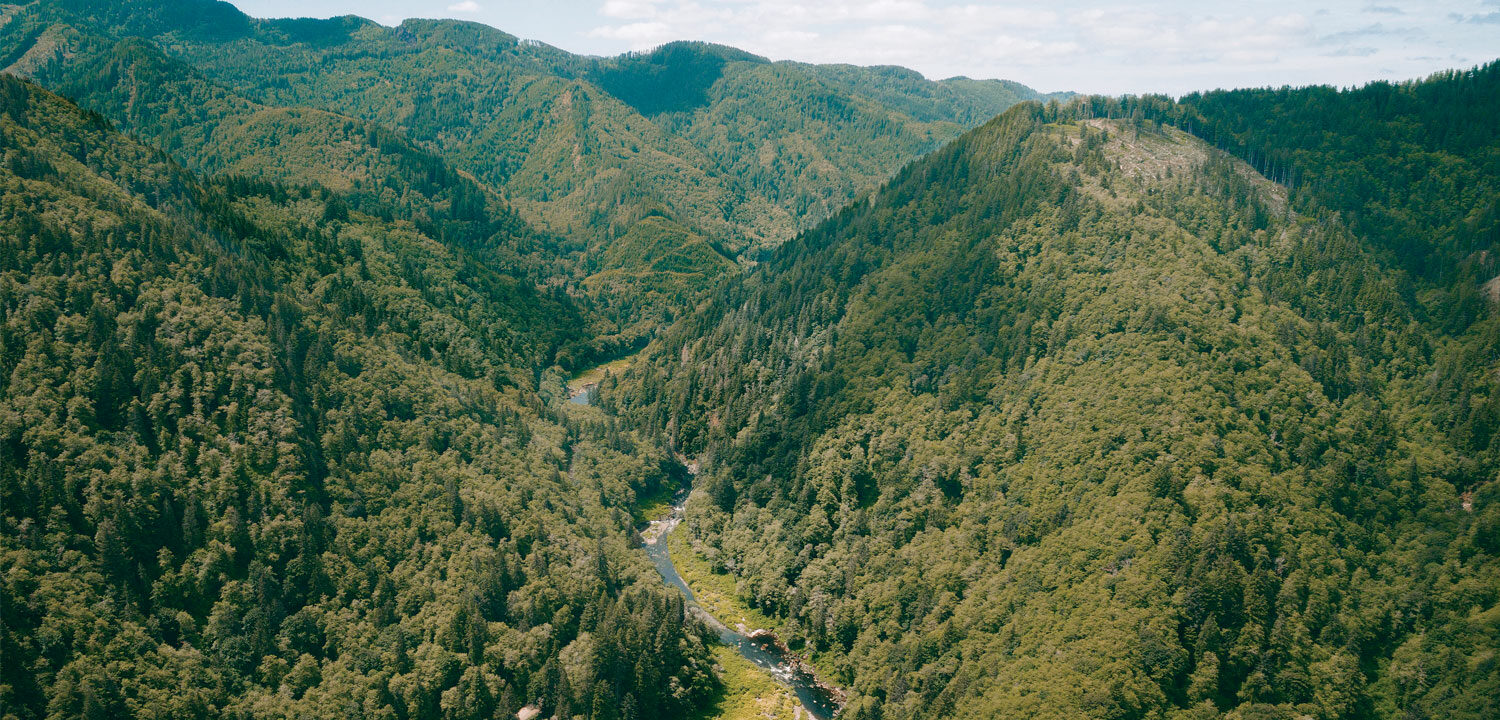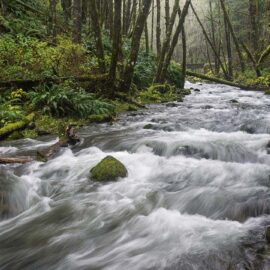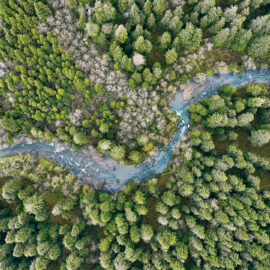Half of Tillamook State Forest and more than 300,000 acres of total state forestland would be protected under new plan.
Today, the Oregon Board of Forestry voted unanimously to move forward with a habitat conservation plan for state forests in Western Oregon.
“This is a major step toward durable conservation on some of Oregon’s most important and treasured public forestlands,” said Bob Van Dyk, Wild Salmon Center’s Oregon and California Policy Director. “More than 300,000 acres will be protected for the values that Oregonians care deeply about — salmon, wildlife habitat, recreation, clean water and carbon storage. Beloved places in the Tillamook forest, including Kings Mountain, Gales Creek, and the Nehalem River, will all see increased protections. And the plan is a balanced approach to forest management that will permit reliable timber harvests while avoiding litigation over endangered species.”

The new HCP protects half of the more than 600,000 acres of state forestland in Western Oregon, including lands on the Tillamook and Clatsop forests. It improves on the current forest management plan, which has designated between 30 percent and 40 percent of the landscape for conservation. However, some of those conservation reserves have been harvested for timber in recent years, at the discretion of the state’s forestry department.
The state forest Habitat Conservation Plan (HCP) now moves toward a federal National Environmental Policy Act (NEPA) review, which will include more public input. That process would begin next year.
Key provisions of state forest HCP:
— The HCP is a compromise that balances timber harvest with fish and wildlife habitat, recreation, and clean water.
— 300,000 acres, or approximately 50 percent of more than 600,000 acres of Western Oregon state forests ( including the Tillamook and Clatsop state forests) would be designated for conservation reserves. The remaining forestlands would be available for timber harvest.
— The plan would last for 70 years, if approved.
— The conservation areas support endangered species recovery, including coho salmon, marbled murrelet, and northern spotted owl (with goal of eventual delisting).
— The HCP is similar to current plan, but provides more long term certainty by designating conservation and timber harvest areas that the state would be obligated to follow for the next 70 years.
— The HCP provides significant conservation in important salmon and steelhead strongholds: the Wilson, Salmonberry, Nehalem, Miami,Trask, and Kilchis Rivers. Lands adjacent to the 17-mile Nehalem State Scenic Waterway corridor will get increased protections under this plan.
— The plan includes new protections for areas around Kings Mountain and Gales Creek
— There has been an extensive public process to this point and there will be more input going forward; the earliest the HCP would go into effect would be 24 months, with more votes and public process by the Board of Forestry ahead.
— The plan frees up resources for the state, conservationists, and timber operators to focus on management instead of conflict. The state currently spends $2.5 million a year to survey and avoid endangered species habitat.
— North Coast forests are some of the region’s most important for carbon sequestration and climate change mitigation.
Learn more about the plan at these links from Oregon Department of Forestry:
Oregon Department of Forestry webpage on SFHCP




